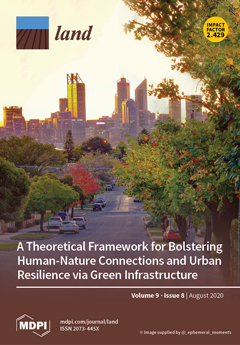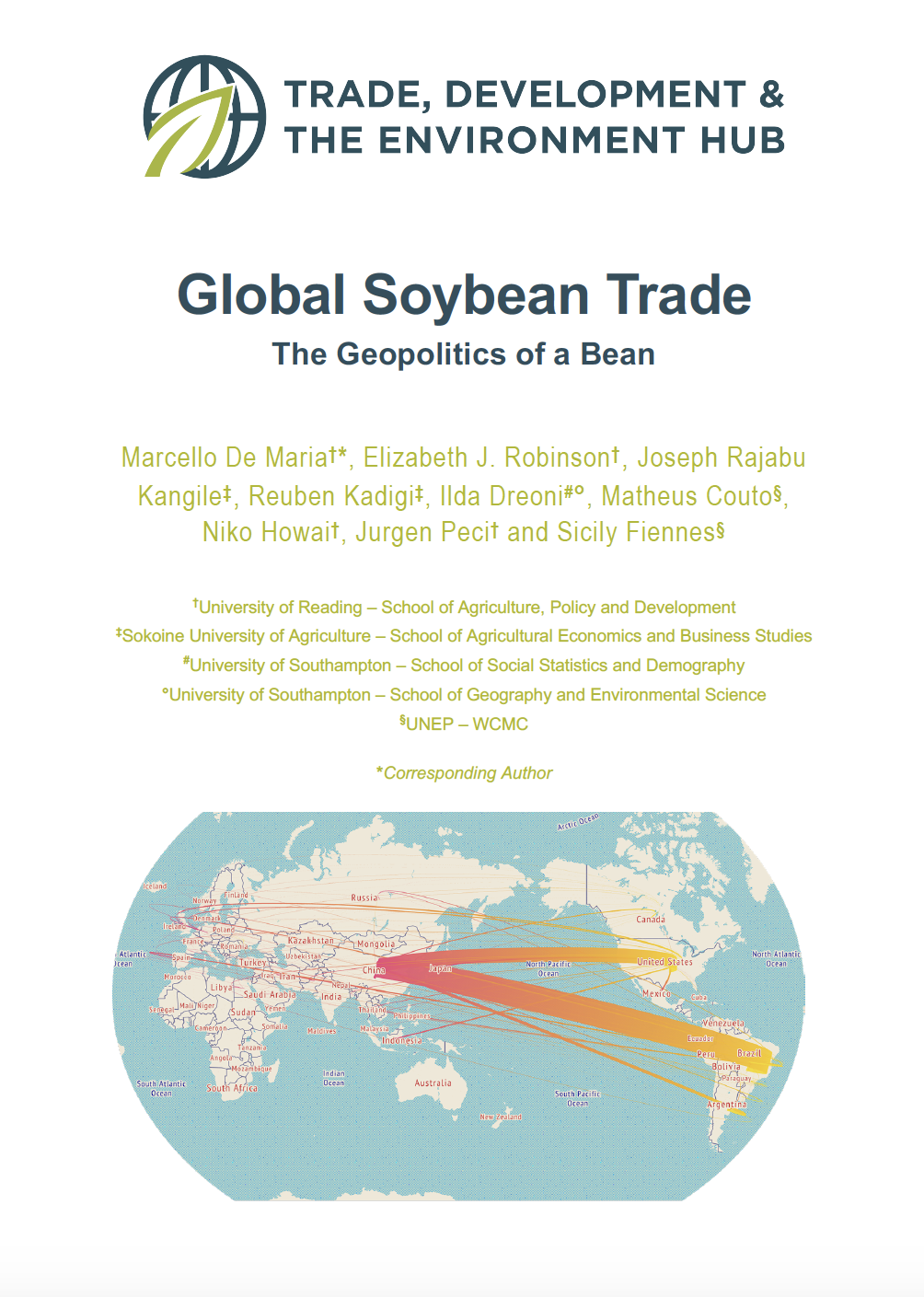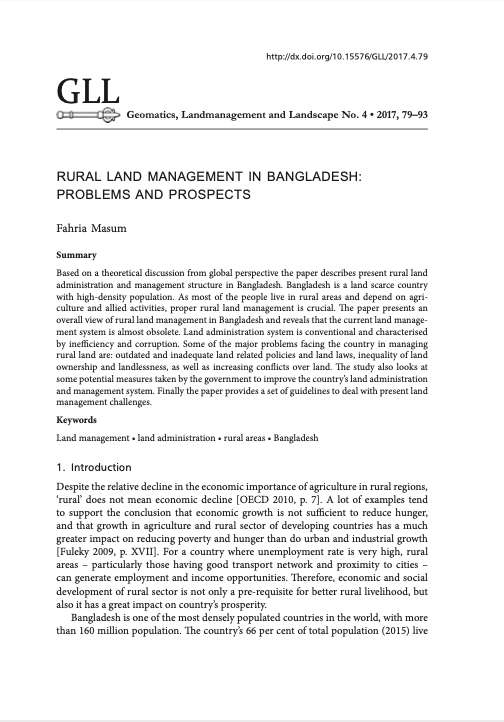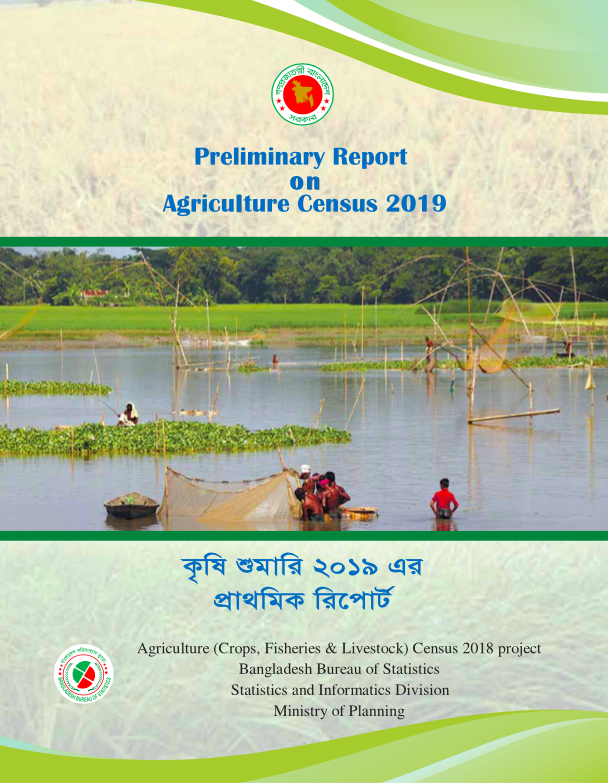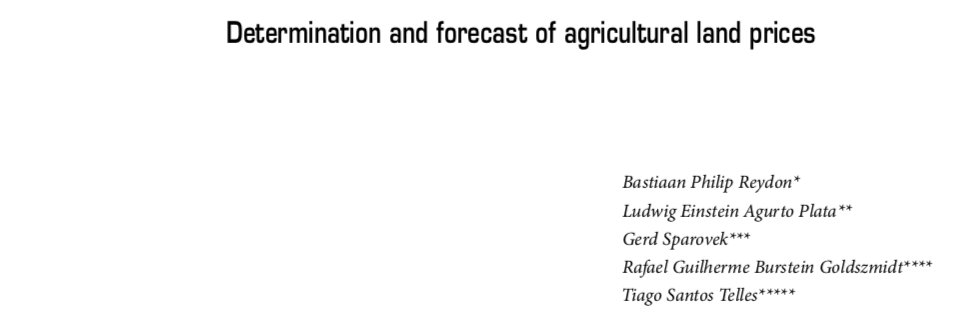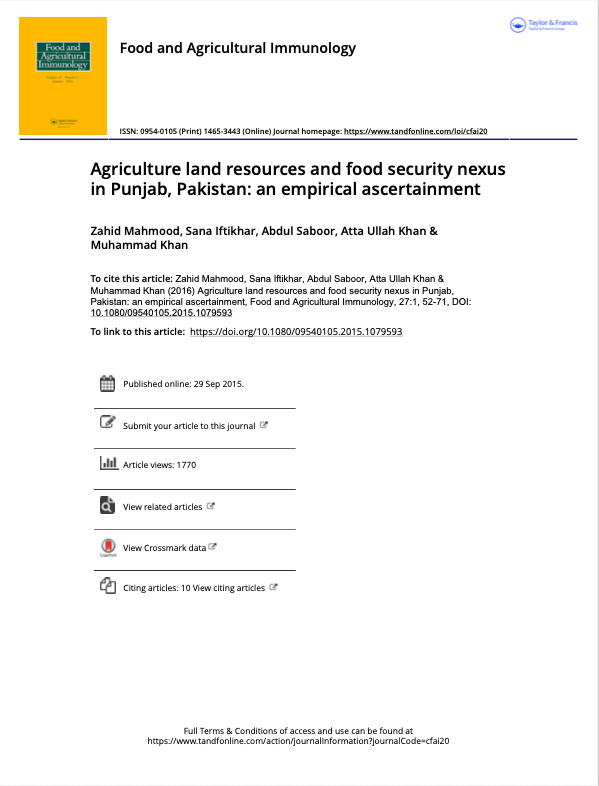Unraveling Misunderstandings about Desertification: The Paradoxical Case of the Tabernas-Sorbas Basin in Southeast Spain
From its origins, the concept of desertification has been controversial. The prevailing confusion between two desertification visions, one that considers it as the expansion of deserts and another that emphasizes its anthropogenic component, has been transferred to society.

